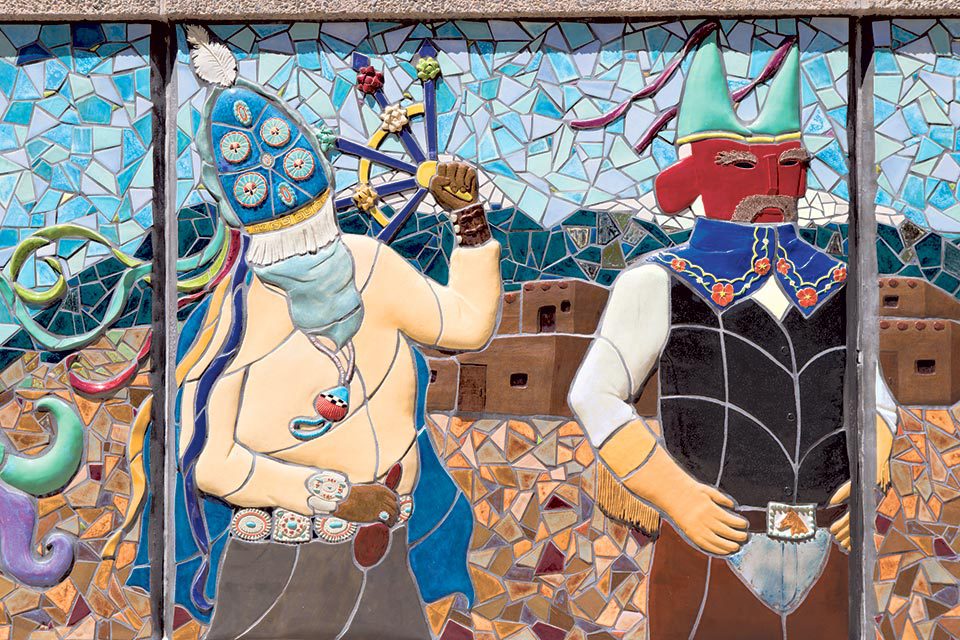Culture Shock: Mosaic Arts Program Leads The Way
Public Art Involves Youth In The Art Community


photo by Eric Williams
Latest Article|September 3, 2020|Free
::Making Grown Men Cry Since 1992


photo by Eric Williams


